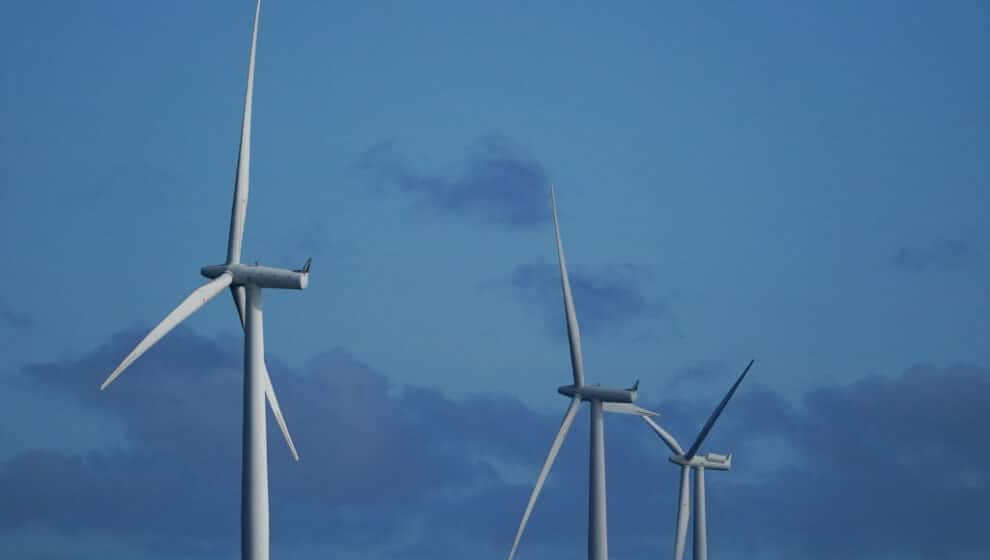Clean energy is hitting a tipping point in the U.S. and around the world, suggesting that it will only continue to grow.
Key Details
- For most things there is a point when something moves from being uncommon to mainstream—and that is what’s happening with clean energy, hitting 5% adoption worldwide.
- As more countries attempt to cut emissions and develop more efficient forms of heating and cooling, clean energy is hitting a tipping point in many places.
- Clean energy has slowly been adopted into the mainstream and established that point and so far 87 countries have passed it.
Why it’s important
Many countries have announced commitments to cut back on carbon emissions in hopes to reach net zero in the future, which is a huge step in tackling climate change.
Countries are starting with clean energy mostly by using wind and solar—with 87 countries drawing at least 5% of their electricity from wind and solar.
Growth to a tipping point usually starts out slow and eventually begins being used by many until it is popular and everyone jumps on board—that’s what’s happening with clean energy.
The thing is when solar and wind power were first invented it was very expensive, but now that it is being used more it is easier to source and build thus making it cheaper and more obtainable.
The U.S. hit the 5% mark of solar and wind electricity in 2011 and passed the 20% mark last year. If the country follows the trend set by others at the leading edge, wind and solar will account for half of U.S. power-generating capacity 10 years from now, according to Bloomberg writer Tom Randall.
Other clean energy Tipping points
Wind and solar aren’t the only clean energy advancements hitting a tipping point.
The number of people wanting electric vehicles (EVs) has hit a tipping point, more than half of car buyers worldwide want EVs.
The latest EY Mobility Consumer Index shows that 52% of people looking to buy a car want to buy an EV. This is the first time the number has exceeded 50%, representing a rise of 11 percentage points since last year.
